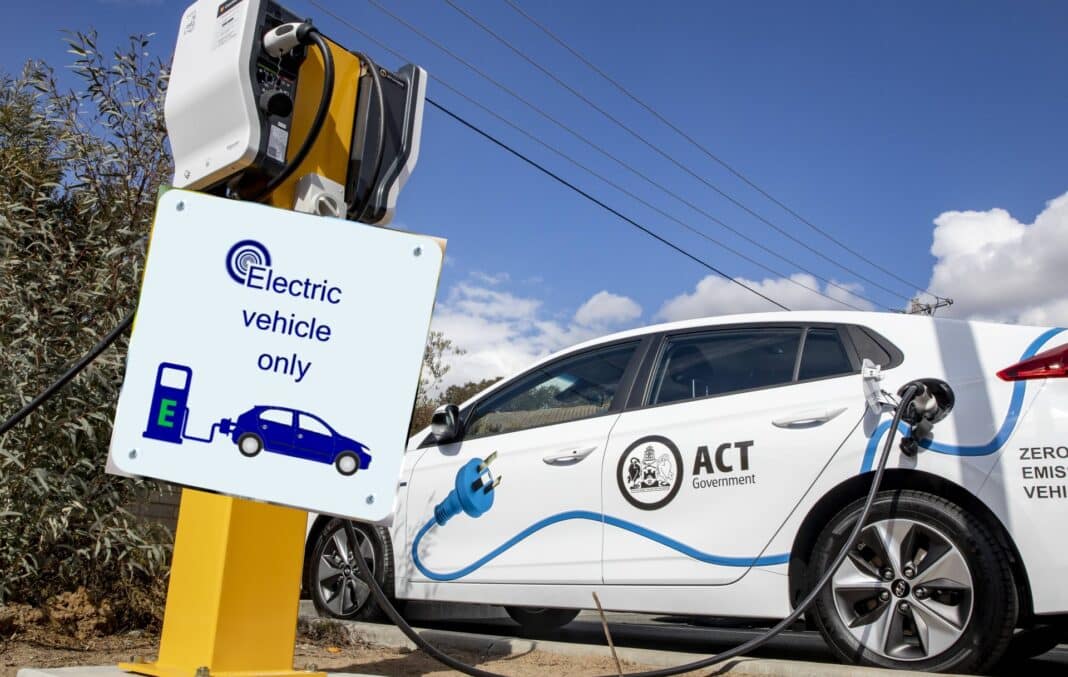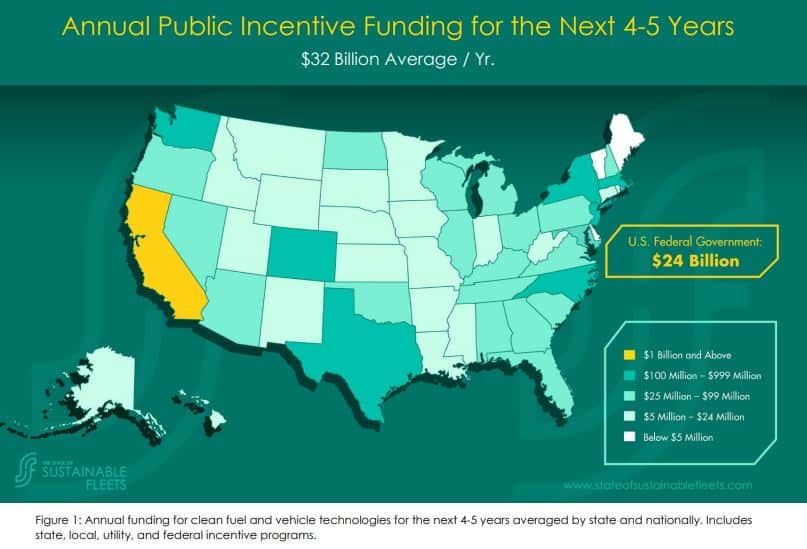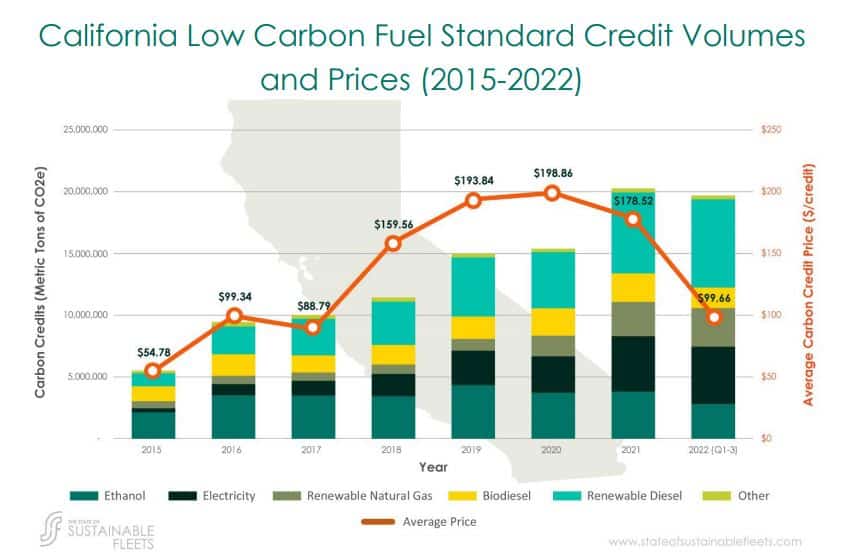A new report from the Gladstein, Neandross & Associates (GNA) highlights the growing shift towards zero-emission vehicles (ZEVs) and renewable fuels in the transportation sector.
The fourth annual State of Sustainable Fleets Market Brief reveals that public policy and funding have shifted sharply towards building the ZEV market and phasing out diesel engine development at an accelerated pace.
This shift is driven by a combination of regulatory requirements, public incentives, and market demand. Furthermore, advances in technology and increasing concerns about climate change and air pollution further encourage moving away from diesel.
The GNA report concludes that:
“The past 18 months have laid the roadmap for a zero-emission future in many states and produced early signals that the era of the diesel engine, the workhorse of HD [heavy-duty] vehicles, will end sooner than many predicted.”
Increasing Regulatory Pressure for ZEVs
According to the report, some clean fuels and vehicles are now superior to gasoline- and diesel-fueled vehicles for many fleet applications. Also, the use of renewable fuels and advanced tech drivetrains has been growing.
One major reason is the increasing regulatory pressure to transition away from conventional fuels to cleaner alternatives. California’s zero-emission vehicle or ZEV sales mandates, in particular, have forced market players to embrace the change.
Then the US Environmental Protection Agency set the most stringent standards ever on the transportation sector’s emissions that contribute to air pollution. This adds tens of thousands of dollars – $30,000 – to the cost of new diesel engines while also requiring further ongoing maintenance.
Meanwhile, public sector funding fell while incentives and subsidies soared to historic highs following the introduction of the Inflation Reduction Act (IRA) last year.
Public incentive funding for clean fleet technologies and vehicles will average $32 billion each year for the next 4-5 years. The focus of this investment will be on the ZEV market and infrastructure.
A total of 13 states have passed or are considering some form of California’s 2020 Advanced Clean Trucks (ACT) mandate for manufacturers to start selling ZEVs.
- Notably, 75% of the surveyed fleets that have never used clean drivetrain technologies before plan to up their use in the next 5 years.
Furthermore, the production capacity for renewable diesel (RD) to replace fossil diesel has doubled in 2022. Uptake by private sector fleets surveyed grew about 10% for the same year compared to 2021.
In particular, almost 30,000 medium-duty battery-electric vehicles (BEVs) have already been ordered. Whereas plans to use more clean drivetrains and fleet technologies (e.g. propane, battery-electric, and fuel-cell electric vehicles) were still over 80%.
Other Key Findings on Clean Transportation
The report also showed another significant result: supply and demand for renewable diesel grew in states with carbon credit markets. Domestic RD production doubled from 2021 (800 million gallons) to 2022 (1.7 billion gallons).
There has been a drop in the credit price linked to big volumes of renewable fuels traded in California’s carbon credit market. But estimates say that the industry can still achieve its production capacity goal in 2024 – 5 billion gallons.
Additionally, renewable natural gas replaced nearly all fossil natural gas in California transportation for the second year in a row. Even more remarkable is the finding that orders for medium-duty and heavy-duty BEVs grew by a whopping 640%. And 92% of the fleets surveyed have plans to increase their use.
The report also reveals that the public hydrogen station network grew by 12% to 54 stations in 2022. It also suggests that hydrogen fuel projects unveiled last year will bring over 900 metric tons a day by 2023.
Hydrogen fueling network developers also plan to construct stations outside of California across the central mid Atlantic and southwestern U.S., which is a first for public fueling networks.
ZEVs and Carbon Credits
California’s Low Carbon Fuel Standard (LCFS) market has been driving the demand for zero emission or clean technology in the transportation sector. The program creates a marketplace for technologies that generate carbon credits based on emission reductions brought by fuel or energy use.
Carbon credits are generated from initiatives that reduce, remove, or avoid carbon emissions. Each carbon credit represents one tonne of carbon reduced by using ZEV and other clean technologies.
The supply of several low carbon fuels such as RD and RNG had increased. This pushed down the price of carbon credits for the past 2 years as seen in the chart.
The falling price for a carbon credit traded under the LCFS market continued in 2022, dropping 44%. In the same year, credit prices averaged $99.66 per metric ton (MT) and declined to as low as $56.10/MT in late October.
That is a significant drop from the highest peak of $219/MT in February 2020. Type 1 credit transaction – credits sold on the “spot” market – totaled to over $560 million. Overall transactions surged past $3.7 billion in 2022, marking a 24% increase in credit volume.
A big part of the transactions happening on the California LCFS market involves Tesla, the largest seller of carbon credits so far. The biggest EV maker had, again, grabbed attention with its 12% increase in Q1 2023 revenue from selling carbon credits.
The automaker recorded $521 million carbon credit sales in the first quarter compared to $467 million in Q4 2022. Tesla has been earning big revenues from carbon credits for the previous years, reporting a record $1.78 billion in 2022 alone.
Overall, the State of Sustainable Fleets report demonstrates that significant progress is being made towards a more sustainable and equitable future in the transportation sector with zero-emission vehicles. The growing momentum towards ZEVs and renewable fuels will bring diesel to an end, driving carbon credits market up.
The report provides a powerful tool for sparking collaboration and promoting decarbonization in the commercial road transport sector.




